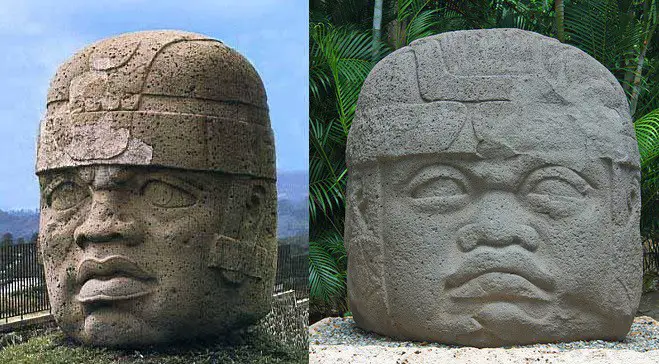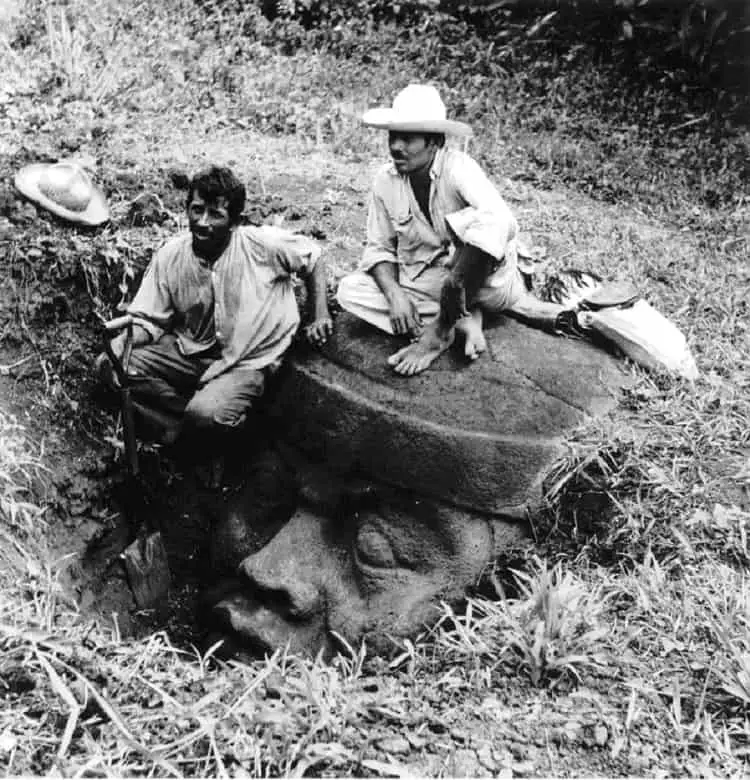by Robert Tindall: Animistic perspectives, which hold the cosmos as “a being to whom prayers and offerings are made,
![Awaken]()
who is endowed with understanding, agency and sentience, and responds to the actions of humans” are often dismissed as primitive, even as “incompatible with an impersonal regard of objective reality.” Yet this account of a healing of chronic inflammatory demyelinating polyneuropathy (the consequence of severe rattlesnake envenomation), within the shamanic traditions of the Native American Church and the vegetalistas of the Peruvian Amazon, reminds us of how profound healing can be when it arises from indigenous perception of a sentient, living cosmos. It also demonstrates the diagnostic and healing capacities of shamanic traditions utilizing psychoactive plants, capacities sometimes beyond the reach of Western science.
SNAKE MEDICINE: HOW SHAMANISM HEALS
Our Native Mind
A snake which gets wounded heals itself. If now this is done by the snake, do not be astonished for you are the snake’s son. Your father does it, and you inherit his capacity, and therefore you are also a doctor. – Paracelsus
“Animism” is a concept first introduced into anthropological circles by one of its founders, Edward Tylor, as the belief in the universal animation of nature, souls, and supernatural beings. In his Primitive Culture (1871), he wrote that animism is a perception held by “tribes very low in the scale of humanity”, yet serving as the “groundwork of the Philosophy of Religion, from that of savages up to that of civilized men” (Tyler, 1871: 381).
Such paternalistic Victorian views towards animistic perception continue to hold sway in the popular mind, although a far more sophisticated understanding of indigenous perception has since developed, such as expressed by prehistorian Jean Clottes:
Traditional people, and I think the people of the Paleolithic had two concepts that change our vision of the world: the concept of fluidity and the concept of permeability. Permeability means the categories that we have, man, woman, horse, tree, etc., can shift. A tree may speak. A man can get transformed into an animal and the other way around, given certain circumstances. The concept of fluidity is that there are no barriers, so to speak, between the world where we are and the world of spirits. A shaman, for example, can send his or her spirit to the world of the supernatural or can receive the visit of supernatural spirits. When you put those two concepts together, you realize how different life must have been for those people from the way we live now (Herzog, 2010).
Scholars in recent decades have proposed different schemas to distinguish the nature of the modern and indigenous experience of the cosmos.
![Fig 3_1 (2)]()
Figure 1. Richard Tarnas’s primal and modern worldviews (Tarnas, 2006: 80)
Philosopher Louis Dupré depicts modern consciousness as a sudden, radical departure from tens of thousands of years of human culture, where “The divine became relegated to a supernatural sphere separate from nature”, and it “fell upon the human mind to interpret the cosmos, the structure of which had ceased to be given as intelligible” (Dupré, 1993: 3). Cultural historian Richard Tarnas, who likewise sees the modern mind as an arrogation of interpretive power by the individual self, gives this model in figure 1 above to delineate the two forms of human apprehension.
Medieval scholar and fantast J. R. R. Tolkien, (whose mythopoeic works are our great modern guides to the indigenous mind of Europe) clearly had such a distinction in mind when he explained to C. S. Lewis:
You look at trees, he said, and called them ‘trees’, and probably you do not think twice about the word. You call a star a ‘star’, and think nothing more of it. But you must remember that these words, ‘tree’, ‘star’, were (in their original forms) names given to these objects by people with very different views from yours. To you, a tree is simply a vegetable organism, and a star simply a ball of inanimate matter moving along a mathematical course. But the first men to talk of ‘trees’ and ‘stars’ saw things very differently. To them, the world was alive with mythological beings. They saw the stars as living silver, bursting into flame in answer to the eternal music. They saw the sky as a jeweled tent, and the earth as the womb whence all living things have come. To them, the whole of creation was ‘myth-woven and elf patterned’ (Carpenter, 1979: 43).
For Tolkien, unlike Tyler, such an aboriginal worldview is neither prerational nor delusional. It is a form of human inquiry that satisfies a desire for sophisticated interaction with the cosmos, about which he stated “The magic of Faery1 is not an end in itself, its virtue is in its operations: among these is the satisfaction of certain primordial human desires. One of these desires is to survey the depths of space and time. Another is to hold communion with other living beings” (Tolkien, 2002: 113).
We would add healing to Tolkien’s list of primordial human desires satisfied by animistic experience. In my apprenticeship with my partner, Susana Bustos, Ph.D., in the vegetalista tradition of the Peruvian Amazon, we have repeatedly observed how in its shamanic practices (often facilitated by the psychoactive medicine ayahuasca), healing is achieved through animistic immersion in a vital cosmos. Our first documentation of such a healing occurred in 2005, when a young woman suffering from a brain tumor came to the jungle for a course of treatment with our maestro, the Ashaninkan curandero Juan Flores. In the three weeks of her immersion in the rainforest, where she drank medicinal plants and agua icarada, that is, water sung over by the shaman, as well as participating in ceremonies with ayahuasca, her tumor vanished, startling her doctors in Chile, who were poised to operate upon her2.
This process of unraveling disease through re-membering is key to the cosmovision of many indigenous peoples, who perceive disease as a consequence of unconsciousness. In fact, they believe the diseased soul can be sung back into harmony with the cosmos again. The Kuna peoples of Panama, for example, see sickness as a manifestation of a lack of attunement to the story of the Cosmos, and heal by singing the song of the Earth and Universe back into the diseased member. Similarly, among the Tzutujil Maya:
The world is a sacred building called the House of the World and our individual bodies are made like this House of the World and contain everything that exists in the outer world. The way the initiated shaman heals the person is to rebuild the World House of that person, remembering all its parts back to [the original flowering]. Welcoming all the parts back to life entails singing out a sacred map of ordered holy words and magical sounds. This is a microcosm of the macrocosmic Divine Order of the Original World Body. This sacred map re-creates all the sacred mountains, rivers, trees, springs, ancestral regions, and names of Gods and Goddesses and their abodes. When this song is sung properly, the individual song is harmonized with the Great Song of the Original World House and both the individual and the collective are made well again (Jenkins, 2012: 86-90).
Such elegant healing practices, predicated upon a non-Cartesian experience of the cosmos as vital and sentient, are routinely dismissed as “primitive” by Westerners, for whom its “mythicoreligious perspective” is “incompatible with an impersonal regard of objective reality” (González-Crussi, 2007: 4).
Yet intimate experience of the “mythicoreligious perspective” teaches otherwise, as this story about a healing revolving around the use of traditional psychoactive plants within an animistic worldview illustrates.
Snake Medicine
Not so long ago, emerging from the Amazon rain forest, I found a message from home awaiting me. Could the Ashaninkan curandero Juan Flores, whom I had been visiting at his center for traditional medicine, Mayantuyacu, heal a rare case of snakebite? Turning to Juan, who was seated beside me in his noisy office in Pucallpa, I posed the question to him.
“Yes”, he answered simply, with the traditional authority of a shaman to an apprentice.
Without pausing to ask for specifics, I relayed his response and a chain of events was set in motion that demonstrated the remarkable efficacy of indigenous, shamanic medicine. It was not, in fact, a mere snakebite that Juan was called on to heal, but a severe case of chronic inflammatory demyelinating polyneuropathy, or CIDP, which had occurred as a consequence of rattlesnake envenomation.
Upon returning to the United States, I was introduced to Nick, the man seeking treatment within the vegetalista tradition. I recognized him as someone I had seen around the tipi meetings of the Native American Church, or NAC. Laconic, dressed in black, and constantly smoking, Nick walked in heavy boots with a Frankenstein monster gait that I had found puzzling. Whenever he spoke in meetings, his words commanded respect, and it was clear that his participation in the peyote way of the Plains Indians was longstanding.
Nick, it turned out, had been bitten by a rattlesnake at its height of venomousness, and years later he was suffering severely degenerative effects from the toxins. He lived with pain – constant, intense burning in his lower legs, which extended up to his hips; painful cramping in his feet and hands; constant twitching (fasciculation) throughout his limbs; nightly cold sweats; loss of motor control; and an “indescribable” feeling of electric current in his extremities. Heavy orthopedic boots encased his numbed feet.
His long ordeal to find a cure had even led him to contemplate a radical, very dangerous experimental treatment that would have knocked his immune system “into the Dark Ages” through chemotherapy, but in the end Western technological medicine simply had no solutions for him. In the process of embracing his disease as an initiatory path, rather than a mere stroke of terrible misfortune, Nick had been astonished to find his own medicine of the desert chaparral, peyote, sending him on a quest for a cure in the Amazon with the rain forest medicine ayahuasca.
Nick had already experienced healing in indigenous ways. As he told us, at age twenty-nine, while undergoing alcohol withdrawal, he had suffered a cardiac infarction that scarred his heart. After his heart attack, he developed an arrhythmia, a violent limp of the heart that was deeply unsettling: “My heart would beat one… two… da dung. It would then stop and pick up again. It was so loud you could hear it.”
A friend suggested that Nick seek healing in the Native American Church, or NAC, since Western medicine had basically written him off as not long for this world. Nick had deep apprehensions, however: “As an addict, for me a medicine like peyote could be construed as a drug, and I had real concerns about risking my sobriety.”
Peyote, however, has a venerable history of usage to heal alcoholism and other sicknesses. A cactus with psychoactive properties, peyote has been used in ceremonial contexts for thousands of years by the native peoples of the Americas, both as a medicine to align the spirit with the cosmos and to heal the body of disease. Overcoming his trepidations, Nick chose to attend a meeting.
The roadman (or “one who shows the path” as the peyote shamans in the NAC are called) for the meeting, after listening to Nick’s explanation of his heart condition, said to him, “Well, there’s no reason you can’t be healed, but it not going to be me healing you. It’s really contingent on whether you’ve learned the lesson that you needed to learn by having your heart be that way.”
Something in the roadman’s words resonated with Nick. As Nick put it, “I was like: huh.” Right around midnight, the roadman went and fed Nick four medicine balls of peyote. Nick, bewildered, tried to focus on what was happening around him as the roadman fanned him with an eagle fan. “Then he took the eagle bone whistle and blew it right into my heart and I felt the arrhythmia leave. It wasn’t just me who saw it, either.” In an instant of animate synchronicity with the healing ritual, the fire, which was stacked up blazing about three feet high, dramatically flattened all the way down to the ground as if some unseen foot had stomped on it.
“The heart condition was gone. Forever. Just like that.” Nick laughed. “That’s kind of what got me coming around the NAC, you know? I felt obligated, like I owed my life, to whatever it was that saved me.”
The roadman for that particular meeting, Bob Boyll, gives an intriguing advisory to those who seek healing upon the medicine path: “Once you begin walking this sacred way, the stakes get raised and you get scheduled for a series of initiations. Your entire life becomes a test.” Within the lore of the Native American Church, it is generally recognized that life may become more acutely challenging after healing than before.
A couple of years later, Nick and his partner, Lisa, made a journey to Loch Loman Reservoir in Santa Cruz. It was a morning marked by strange omens. On the way, a fleeting illness struck them both at the same moment, numbing their faces and cramping their insides; it then vanished as quickly as it had come.
Then, at the lake, an enigmatic exchange occurred. A golden eagle flew across the sky and Nick called out to it, “Please drop a feather for me. Please drop a feather.” And as soon as the eagle flew above them, it did. Straight down. Nick hastily clambered into a rowboat and started out on the water to fetch it, but someone in an electric boat zoomed out of nowhere, picked up the feather, and stuck it in his hat. Nick, affronted, called out, “Hey, man, I asked for that feather. I asked that bird for that feather and it’s mine.” The man in boat shrugged, said, “Too bad you don’t have an electric rowboat,” and took off.
“Ten minutes later, the snake bit me,” Nick concluded.
It was only in Peru, while working with ayahuasca and the plant medicine jergon sacha, (a traditional antidote for snakebite: “jergon” signifying “serpent” and “sacha” signifying “wild”, “from the forest”), that Nick understood what had actually transpired that day. “I asked that bird for what I wanted”, Nick said, “but it directed me to what I needed. The eagle is a high energy creature, of the astral. The serpent is the energy of the Earth. At that point in my life I was freshly sober, like a little kid. My priorities were all out of whack. That feather belonged to that guy who got it. What happened to me was I got directed to that snake, because that’s what I needed in my life – even though I didn’t want it, even though it’s taken a huge chunk of my life. That medicine down in Peru showed me the truth of the matter.”
On that fateful day in Santa Cruz, like a naïve Persephone, Nick plucked a narcissus flower that abducted him into Hades.
“I’ve always fancied myself the amateur herpetologist. I’ve owned snakes my whole life. I’ve raised pythons, poisonous snakes. I see this rattlesnake sitting there, maybe ten years old, with black and white stripes. The kind they call coontails. I said to Lisa, ‘Should I catch it?’ She said, ‘Nah. Leave it alone.’ She already knew I knew how to handle reptiles, but my pride got the better of me and I reached out to grab it.”
Just at that moment the snake shifted position and was able to swing around and get its fangs in his finger. Pulling it off, still holding it in his hand, Nick grimly announced to Lisa, “Uh, I just got bit.”
Sometimes snakes will dry-bite, but Nick knew immediately that he’d been envenomated. “My hand was on fire. I felt like I weighed a million pounds.” To add insult to injury, the rattlesnake was close to hibernation, a time when a snake’s venom is most poisonous, containing both neurotoxins and hemotoxins, which attack nerve cells, burst capillaries, and destroy tissue and blood. As a result, the snake injected a more lingering poison into him than the reptile would have in another season.
Lisa managed to transport Nick back across the lake to the ranger station, where a helicopter was immediately called. On his way to the hospital, Nick felt his heart racing out of control as the venom liquefied his blood. “You know what?” he said to himself, “This feels like I could die.” Then a voice said, “Don’t worry, you’re going to be fine.”
At that moment, looking up, he could see his heart rate immediately slow on the monitor, and heard the paramedic reassure him, “Ah, that’s good. You’re going to make it”.
At the hospital, Nick’s hand still felt like it was stuck in fire. “Not only was my whole body shaking and quivering, like there were bees flying around under my skin, but I looked like I was the Michelin tire guy. They were sticking needles in my arm to check the pressure because they thought they might have to lance it. Fortunately, it never got that bad, but they did give me enough antivenom medicine for four people and four platelet transfusions.” Finally, the toxicity of the venom began to wane, but Nick’s system had been left devastated.
“Most people bitten by rattlesnakes are there for a day – three tops. I was there for fifteen days. Not only that, when I got out I went back to the doctor and they said, ‘Holy shit, you have no platelets! Don’t bump into anything!’ I went back to the hospital for another four days. I could have hemorrhaged and bled to death.”
According to Nick, in the Santa Cruz Sentinel, the headline read: Man, 31, Bitten by Snake Trying to Impress Girlfriend.3
“You know”, Nick concluded, “ego is the number-one killer of men.”
The doctors eventually gave Nick a clean bill of health, and he thought he’d left this episode of his life behind him.
Then, a couple of years later, as Nick was playing music the fingers of his right hand stopped working. “‘Move’, I said to them, but they wouldn’t move.” Within days this paralysis progressed, allowing him to squeeze but not extend his hand. Nick began to make the rounds of the local hospitals. “I get all these tests, visit three different neurologists, and I finally end up with one of the best-known doctors in Santa Cruz, who said he thought I had Lou Gehrig’s disease.” Nick knew what that was – “It’s a death sentence. Ninety percent of the people who get it die within three years of diagnosis.” Nick lived with that diagnosis for almost a year, but then he began to notice that it wasn’t progressing the way he’d read about it. As he described his diagnosis of multifocal motorneuropathy, a form of the autoimmune disease called chronic inflammatory demyelinating polyneuropathy to me, I commented, “You learned a lot of heavy terminology during this time.”
“Well, I’ll tell you,” he said, “there’s a positive and negative to everything. The negative side to learning Western medicine is you get sucked in. If you suffer from an ailment, you get sucked into the doctor’s way of thinking about it, which is God-cold and no resolution.”
“God-cold?” I asked.
“Yeah, Western medicine has no God in it, and there’s no resolution for CIDP. They call it an incurable chronic disorder. They have medicines that can slow it down, but no cure. I spent over a million dollars for an ineffectual Band-Aid.”
“During the course of all this”, he continued, “I tried to be as hopeful as possible, but finally I shut down and went into a black depression. I was brainwashed – by my own intellect and what doctors had told me – into accepting a hopeless diagnosis. I had given up and didn’t care if I died the next day.”
Finally, Lisa, now Nick’s wife, called for a sweatlodge for their family. For Nick, it turned into a kind of intervention. Nick ate “a ton” of medicine, but could not relinquish his argumentative, self-righteous mind-set. Finally, Boyll, who was running the sweat, said to him, “I love you, but you know what? We’re tired. We’re tired of how you’re being.”
Nick finally confessed, “You know what? I don’t know what to do.”
Boyll replied, “Nick, you’ve been here before. You remember when you were here last time?”
Then Nick put it together. “I was right at the same place where I’d been with my booze. Where I gave up all hope and there was no place to go. I hit bottom right in the middle of a medicine sweat. I experienced all kinds of revelations, was able to see with clarity what I’d been doing, how my behavior had affected my family. My life changed, and I picked up the fight again, but in a different way. I recognized that there was a definite reason why I was going through what I was. It wasn’t just a bunch of random circumstances. There was a plan to it.”
Nick still didn’t know what to do, but his confidence was growing again. He said to himself, “I’ll leave it up to Creator and something will come along”. A few weeks later, something did indeed come along.
You Are The Snake’s Son
In the dry hills of Tuolumne County, as a tipi was being set up for an NAC meeting, a rattlesnake was discovered sitting beneath a tarp in the exact location where the chief, or roadman, sits for a ceremony. Nick was present, and watched as the snake was taken outside and set beneath a bush. Knowing he was at fault for messing with that species of snake a few years earlier, he took the opportunity to make amends. “I gave it some tobacco and prayed for forgiveness for putting myself in a position to harm it and myself.”
That night, having ingested the psychoactive peyote plant in ritual context, Nick had a powerful experience of participation in an animate cosmos. Out of the clear blue sky the wordayahuasca came into his mind. “The peyote was saying, ‘You need to go South and work with this medicine’,” Nick realized.
“I had heard of ayahuasca” he said, “but I’d never had any desire to try it – at all. ‘That’s odd,’ I thought. I doubted it immediately.”
That evening at home, Nick said to Lisa, “You know, I just got this overwhelming message about working with ayahuasca. What is that?” Lisa had no idea. Nick wandered into the living room and, turning on the television, was greeted by the word ayahuasca emblazoned across the screen. It was a National Geographic program on Santo Daime.
That clinched it for Nick. “When people tell me stories like this, I don’t normally believe them. With this one, though, I thought there’s got to be something to this.”
Through Boyll and his partner, Ann Rosencrantz, Nick got in contact with Susana and I.
Like peyote, ayahuasca has an ancient lineage in its own habitat, the Amazon rain forest. Its name arises from the joining of two words in Quechua: aya, which signifies “soul”, “ancestor”, or “spirit”, and huasca, meaning “vine” or “rope.” Ayahuasca, therefore, is the vine of the souls. Actually it is usually an admixture of the vine ayahuasca and (in Peru) the leaves of the chacruna tree, like peyote the ayahuasca brew is psychoactive, and has long been utilized for similar shamanic purposes.
Shamans in the vegetalista tradition who use this medicine, among whom Juan Flores numbers, are called ayahuasqueros, and consider it the master teacher among the many plants utilized within the native pharmacopoeia. In Nick’s case, ayahuasca was ancillary to his main treatment: the plant jergon sacha.
![Figure 3 Juan with Jergon Sacha]()
Figure 2 Juan Flores with Jergon Sacha Plant
Upon arriving at Mayantuyacu, after many hours of air, land, and sea travel, Nick was immediately set at ease by the way Flores and his people began treating him as a patient, assuring him, “We’re going to get the venom out of you.” He was also introduced to the jergon sacha plant, a powerful snake venom antidote from the native pharmacopoeia. Most likely originally identified by its “signature” – the mottling on its bark that closely resembles the patterning on the back of the venomous pit viper known as the jergon – the large bulb, or “stool”, at the base of the plant has been used for generations to prevent and treat snakebite. Natives have long taken plant baths and rubbed themselves with jergon sacha to protect themselves upon entering the jungle; sought it out and quickly applied it, with great efficacy, after snakebite; and used it to treat the lingering consequences of envenomation.
![Figure 4 The Jergon Sacha Plant]()
Figure 3 The “signature” on a jergon sacha plant, whose bark has markings resembling that of the jergon snake.
Flores told Nick that he was toxified – the venom was still in his body and needed to be released. Western doctors had told Nick the same thing. The enzymes of rattlesnake venom end up stored in locales with the highest concentration of fat—the myelin sheath that covers nerves. As a result, Juan and a visiting doctor from Lima, who has been using jergon sacha to treat HIV, explained that Nick’s autoimmune system was attacking itself. Without removing the toxins that were at the source of the malfunctioning of his autoimmune system, no recuperation was possible.
Nick already knew this as well – Western science had no way to remove the toxins from his body, so he had taken immunosuppressants instead to reduce the symptoms. Juan was, in effect, informing Nick that the vegetalista tradition could do a lot better than that: it could actually cleanse his system of the venom.
Deeply encouraged, Nick began his dieta, the simple and direct method of Amazonian medicine where a patient drinks plant remedies that have been prepared by a curandero.
Both the medicines and the patient are sung over with icaros, the magical melodies that contain and transmit the healing virtue of the plants. As well, ayahuasca ceremonies are utilized to better enable the curandero to direct the spirits of the plants and other “doctors”, and for the patient to more thoroughly integrate the healing received.
Jergon sacha had an immediate healing effect. In keeping with the plant’s purgative power, upon drinking the preparation made by boiling its stool in water, Nick got quite ill: “It felt like I’d gotten bit by that snake again. I felt that same really heavy, heavy feeling, sweating, just sick as a dog. But they had said that might happen. I was drinking two liters of the plant medicine a day and the toxin was breaking up in my fatty cells and being rereleased into my bloodstream.” After the initial nausea passed, however, Nick found he was recuperating rapidly. In short order, the burning sensation and spasmodic jumping in his legs, which had kept him awake all night for years, vanished.
While jergon sacha is very effective as an antivenom, Flores explained to Nick that it was not going to be a quick fix because he had already sustained long-term damage, even skirted nerve death. Nick was therefore also given came renaco, a strangler vine of the Amazon rain forest whose muscular growth has led to its use to rebuild torn and degenerated muscle, ligaments, nerves, and bones.
Much as the rattlesnake had made an appearance at the tipi meeting where Nick was directed toward the medicine of the rain forest, the appearance of two venomous pit viper serpents heralded the successful conclusion of his treatment. On his last day at Mayantuyacu, within a single hour, a huge bushmaster – the largest poisonous snake in the Western Hemisphere – came racing down the slope toward the little village. Then an equally impressive jergon, the serpent that bestowed its name on Nick’s medicine, was discovered while clearing brush. Both were killed in the ensuing melee and their bodies brought and laid before an astonished Nick.
Nick’s totemic snakes suggest that his journey was an initiatory one. As he told us, having experienced the chthonic powers of the serpent, it has “opened up doors where I know I can help people. The most powerful messages you can bring people have to come from a place of experience. My work helping alcoholics and addicts, and now handicapped people, was completely revolutionized. I don’t just have a theoretical understanding of what it means to return from the dead. I’ve lived it.”
One morning after an ayahuasca ceremony at Mayantuyacu, an Argentine healer approached Nick and told him, “Last night I saw this Native American old man sitting next to you and he was talking to me. He was saying that with everything you’re going through, you’re reaching a place in yourself where you can help and heal people.”
“You know what else he told me?” Nick asked me. “He said, ‘You know, the best healers are the wounded ones.’”
Nick’s treatment was quite effective. Nerve conduction returned to Nick’s feet: one foot is entirely restored, and the other, which had degenerated so far that it felt as if “there was nothing there,” is now partially alive again. He has now resumed his career as a punk rock musician, and recently sent out an image on Facebook of his discarded orthopedic boots. He is hopeful that he can entirely rehabilitate.
Nick was received back into the NAC community with rejoicing and deep gratitude for the work of Juan Flores. Nick was visibly a new man after his treatment.
The Paradox of Shamanic Healing
Indigenous medicine comes wrapped in paradox for Westerners. Among these paradoxes is the distinction between curing and healing of disease, concepts which, as in Venn diagrams, overlap yet remain experientially distinct. The general thrust of modern, industrial Western medicine, psychiatry, and psychology is to “cure”, from Latin cura, “to care, concern, trouble,” by either suppressing symptoms (that is, managing disease) or excising it from the body. Treatment is usually considered satisfactory when symptoms abate or lessen so that the life of the sufferer is more tolerable. In many indigenous styles of medicine, which give equal importance to curing as the West, healing, from Old English hælan, “to make whole, sound and well,” may also involve searching out the hidden origin of the disease in the body/mind. In other words, there is a teaching contained within disease that must be heard, understood, and heeded. The patient must, in short, remember her or his way back to health, to harmony with the cosmos (Tindall, 2010)4.
In a healing quest through indigenous medicine, a cure may be found or it may not. Yet because of the experience of direct participation in the “larger matrix of meaning and purpose” within which the patient, and disease, is embedded, the valence of the disease will change. In such cases, it is the entire self that is engaged in unraveling a disease’s enigma, and the entire organism is the laboratory wherein the cure and/or healing can be found. As a consequence, such healing is always idiosyncratic, because each body’s laboratory is unique.
Additionally, if disease is cured shamanically, the methodology used (which in the vegetalismo shamanism of the Peruvian Amazon is a complex synergy of plants, the shaman’s icaros – or sacred songs – and the ecology of the healing locale itself) will often elude scientific researchers in search of a “silver bullet” molecule. The medicine may be non-exportable: its efficacy may vanish as soon as it is separated from the culture that gave rise to the healing in the first place.
What Nick’s rain forest quest indicates is that, unlike in Western, technological medicine, psychoactive native medicines are allies in a psychomachia – a battle of the soul. In a similar way, Nick’s recovery from an “incurable” disease can be seen as
an initiatory path, one more akin to the Native American vision quest than a patient checking into a modern hospital to undergo treatment.
Far from being surpassed and rendered obsolete by our contemporary technological approaches, traditional, animistic medicine with its “mythicoreligious perspective” continues to flourish, and reminds us of how profound healing can be when it arises from indigenous perception of a sentient, living cosmos.
Source: RealitySandwich



 Snake Kiva in the village of Oraibi, the oldest continuously inhabited community on the North American continent, established about 1100 AD.
Snake Kiva in the village of Oraibi, the oldest continuously inhabited community on the North American continent, established about 1100 AD.







 Depictions of elegant human figures, richly hued animals, unusual figures combining human and animal features, and detailed geometric patterns, continue to inspire admiration for their sophistication, powerful forms, and detailed representations, as well as for providing a window into the daily lives of our ancient ancestors. Here we feature some of the most amazing and mysterious examples of rock art from around the world, though there are thousands more that are equally as impressive.
Depictions of elegant human figures, richly hued animals, unusual figures combining human and animal features, and detailed geometric patterns, continue to inspire admiration for their sophistication, powerful forms, and detailed representations, as well as for providing a window into the daily lives of our ancient ancestors. Here we feature some of the most amazing and mysterious examples of rock art from around the world, though there are thousands more that are equally as impressive.











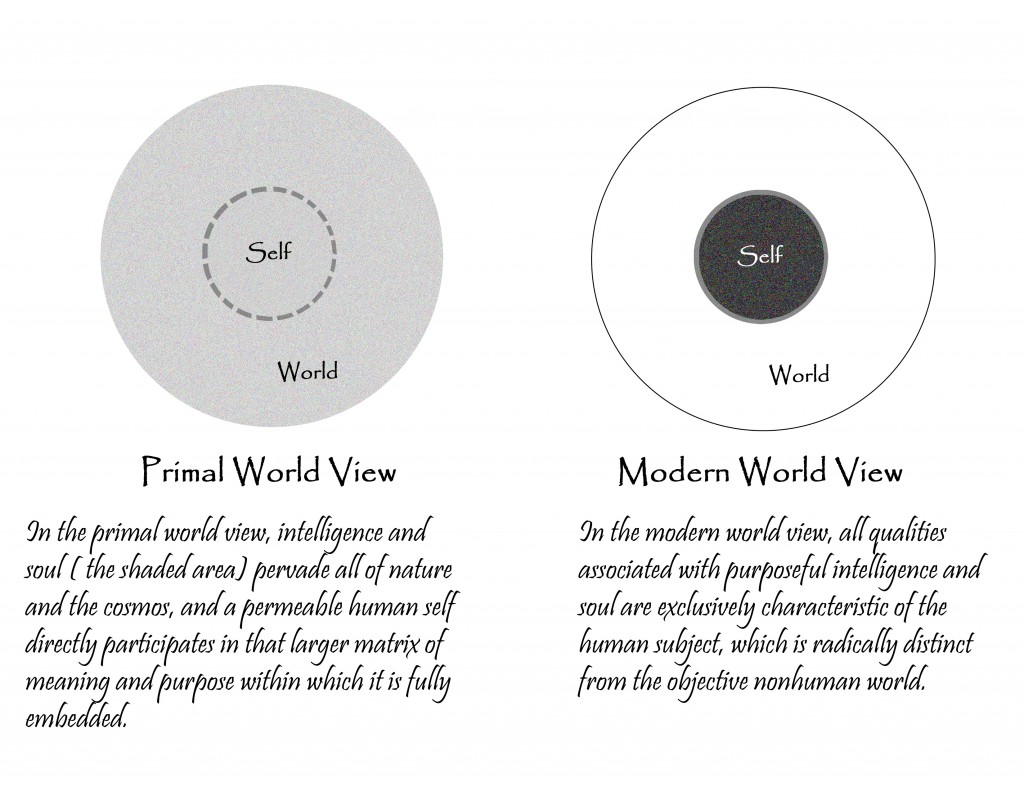
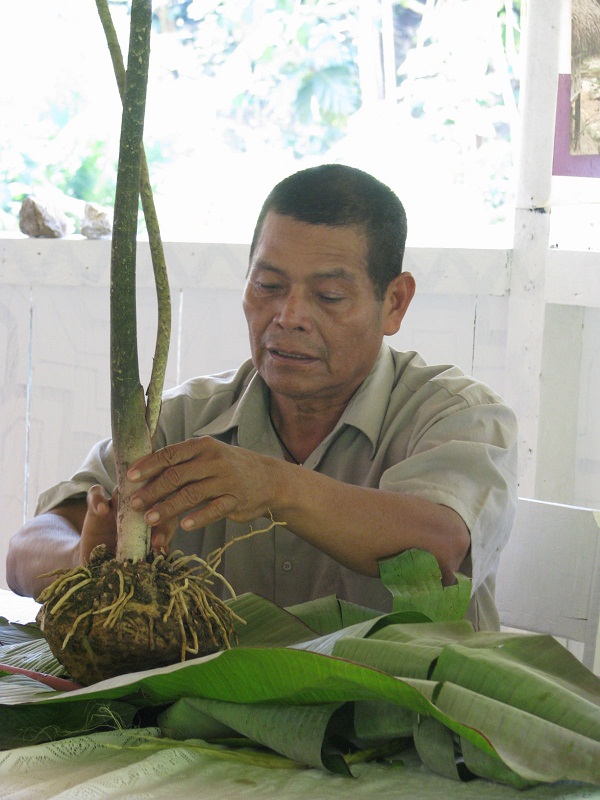
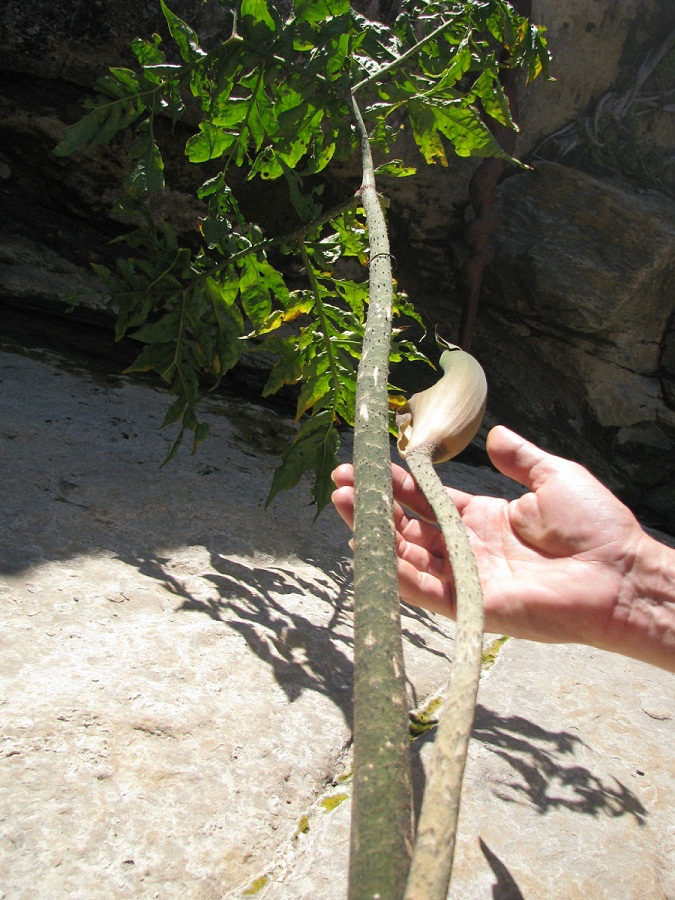
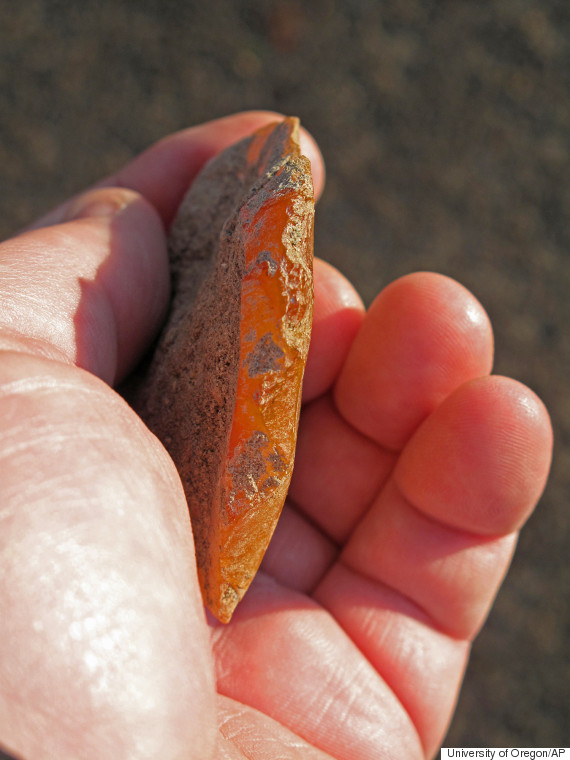

 In this fascinating interview with SuperConsciousness, Sergio Magaña tells us that the main pur-pose of his tradition, has been to learn and master the art of planting dreams , also called sowing dreams in which you put your intentions. “That is our main discipline, that is named Mexicatzin - the venerable Mexihca. It doesn’t mean Mexican. Mexihca refers to the people that recognize the effect of the moon and of their dreams.”
In this fascinating interview with SuperConsciousness, Sergio Magaña tells us that the main pur-pose of his tradition, has been to learn and master the art of planting dreams , also called sowing dreams in which you put your intentions. “That is our main discipline, that is named Mexicatzin - the venerable Mexihca. It doesn’t mean Mexican. Mexihca refers to the people that recognize the effect of the moon and of their dreams.” Sergio Magaña: I am originally from a very traditional Catholic family. My mother worked when I was a kid, so I was really raised by my nanny, and she was the daughter of an Otomi healer “curandero” and she was supposed to be the next one in the line of healers of her Otomi village. But she had problems with her husband and had to escape from the town and that’s how she ended up in Mexico City.
Sergio Magaña: I am originally from a very traditional Catholic family. My mother worked when I was a kid, so I was really raised by my nanny, and she was the daughter of an Otomi healer “curandero” and she was supposed to be the next one in the line of healers of her Otomi village. But she had problems with her husband and had to escape from the town and that’s how she ended up in Mexico City.



 Shamanic journeying is an altered state of consciousness wherein you enter a realm called “non-ordinary reality.” By journeying, you can gather knowledge and perform healing in ways that are not accessible in ordinary waking reality.
Shamanic journeying is an altered state of consciousness wherein you enter a realm called “non-ordinary reality.” By journeying, you can gather knowledge and perform healing in ways that are not accessible in ordinary waking reality.









